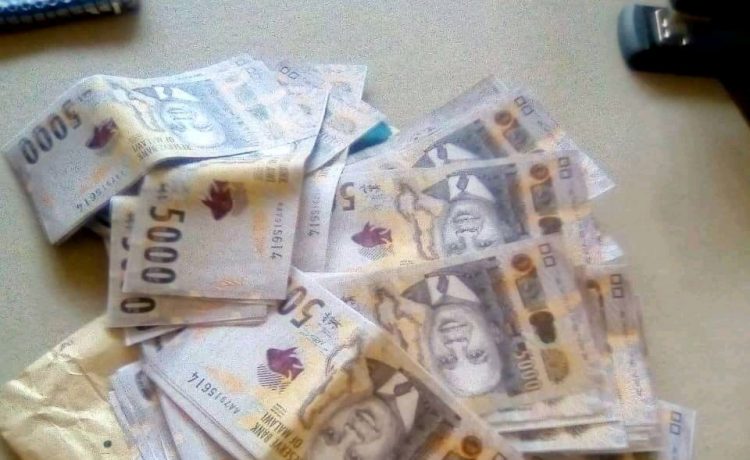BY LOMDAKA BANDA
A Malawi University of Business and Applied Sciences (MUBAS) economics expert Betchani Tchereni has called on Malawians to be careful when dealing with the newly issued K5000 banknote saying doing so can help in identifying counterfeit currency.
“Members of the public need to have adequate familiarity with security features of the country’s banknotes as this can address issues of circulation of counterfeit currency,” Tchereni said.
He added: “Counterfeiting the new notes is inevitable, hence the need for Malawians to familiarise themselves with the original ones in order to identify fake notes on the market.”
Tchereni’s calls come high-on-the-heels of an incident in the lakeshore district of Nkhotakota on Tuesday where 23-year-old Yesaya Quto was arrested for allegedly being found in possession of 115 fake 5 000 kwacha notes amounting to K575 000.
According to police, all banknotes used in the attempted fraud had the same serial number.
Central East Region Police spokesman Harry Namwaza said Quto was arrested today at Dwangwa Trading Centre when he was trying to transact the money into his Airtel Money wallet.
“Police are investigating the matter to establish the source of the counterfeit banknotes and how far the banknotes have been distributed,” Namwaza said.
The K5 000 note hit the market on February 24, 2022 alongside an upgraded K2 000 note that has additional features.
Reserve Bank of Malawi (RBM) Governor Wilson Banda said the introduction of the K5,000 banknote would cost the bank K1.4 billion, with the introduction of new features on the K2,000 banknote also costing the financial markets regulator K1.4 billion, taking the overall cost to K2.8 billion.
Banda justified the move, saying the bank was responding to the currency management policy that guides it on how to react to economic developments.
The policy guides that the highest value denomination should not account for more than 60 percent of the total value of the currency in circulation.
“In the present case, our highest value denomination, the K2, 000 banknote, has been above the 60 percent threshold for some time and has hovered above 80 percent,” he said.
The RBM chief also said the bank wanted to reduce new banknote-issue costs as buyers would need one K5,000 banknote to settle a K4,000 bill instead of requiring two K2,000 banknotes.
In addition to portability, Banda said the central bank also considered the enormous pressure on demand for the K2,000 banknote, which signifies that it was being used for transaction purposes instead of being a store of value as should be the case for higher denominations.
“This, therefore, calls for a higher denomination banknote to act as a store of value,” Banda said.
He said the banknotes had security features that would be hard to copy.
The bank last introduced a high-value note on December 19 2016.













